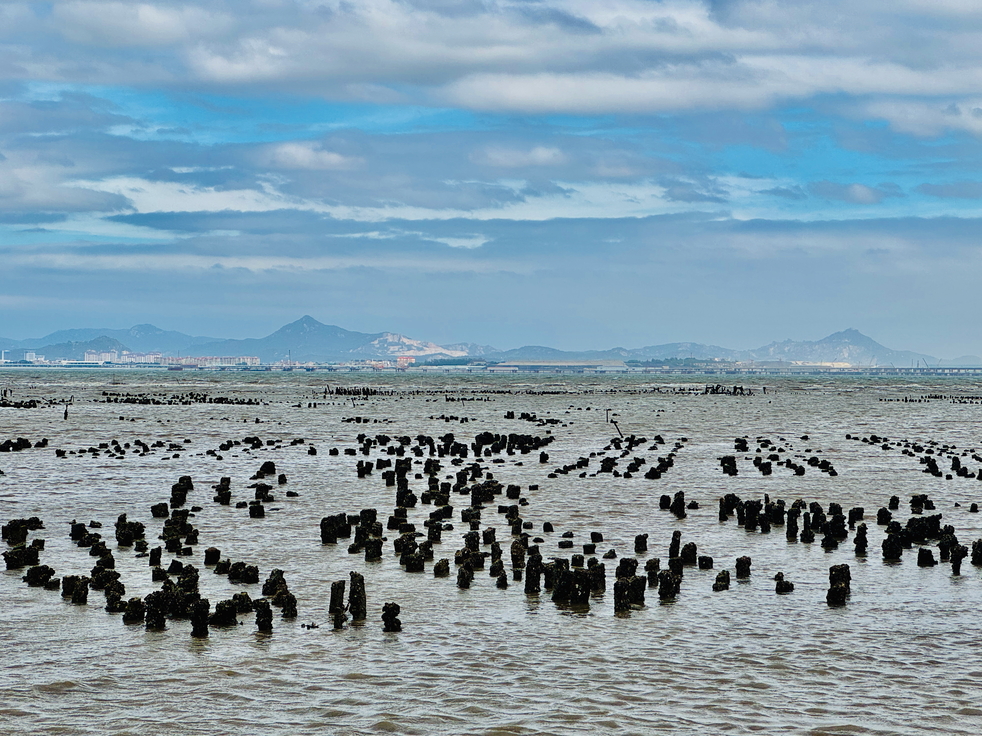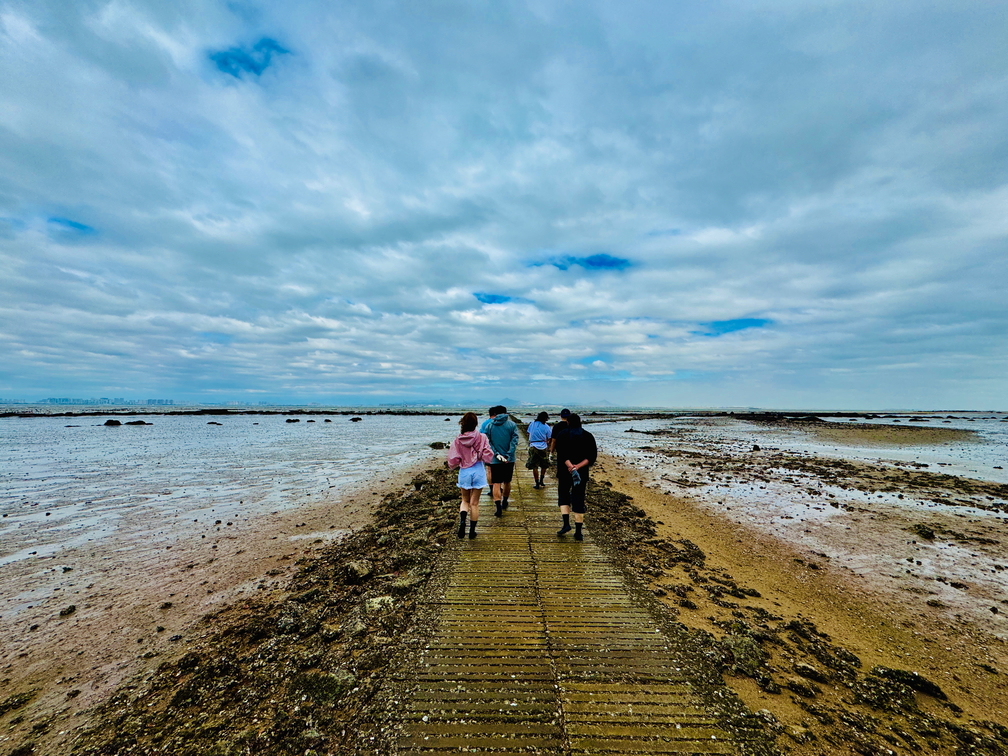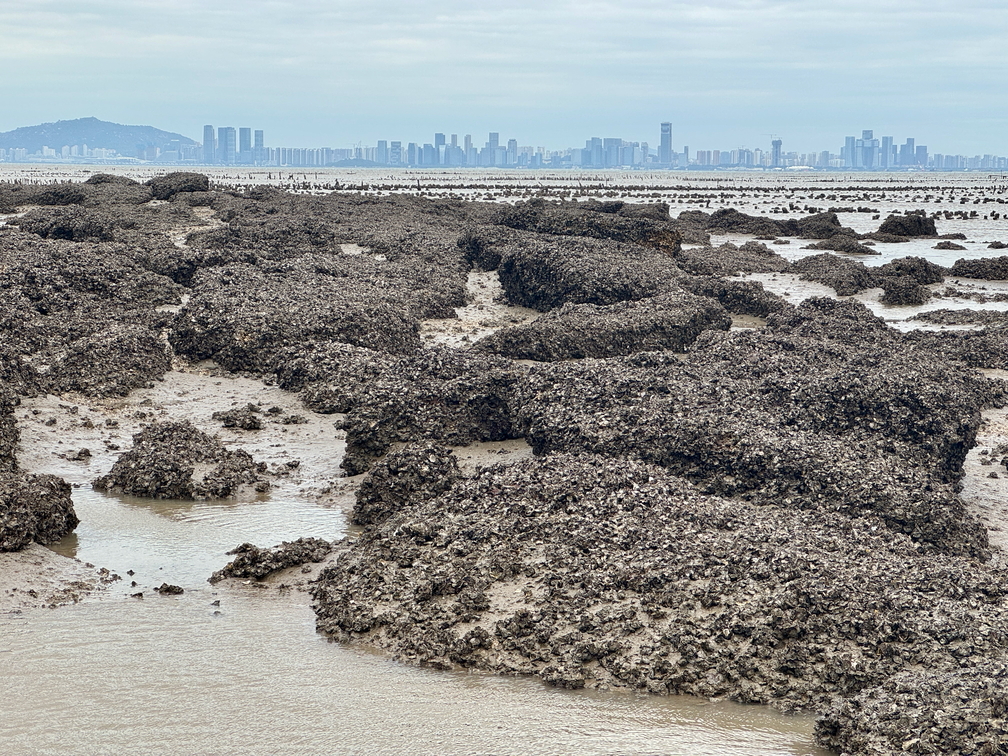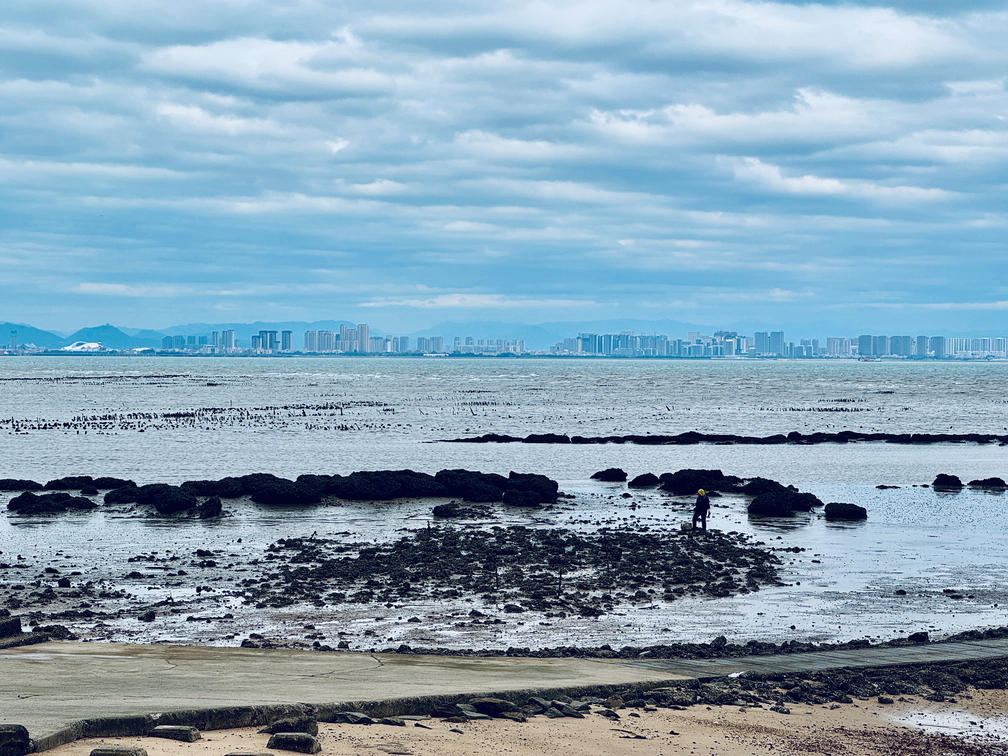

Despite being mainly a guesthouse, Quemoy B&B, which is located in Beishan Village, Guningtou, Kinmen, provides a wide range of experience like any other recreational farms, including oyster farming, industry, history, culture, food processing, agrifood education and recreational experience.If you google “Guningtou”, you will see keywords like “Guningtou Battle” and “Guningtou Victory”. Such is Guningtou’s position in history. In fact, you can see bullet holes in the walls of many Minnan architectures and old western-style houses. What many do not know is this place has retained much of Kinmen’s fishing village ambience and Taiwan’s largest oyster field with over 400 years of history.
Introduction
Quemoy B&B, a century-old Western-style house, was leased for use as an old-style guesthouse after it was refurbished by Kinmen National Park. Registered as a historical building in 2015, it boasts a beautiful exterior.
The guesthouse is currently run by Jack Li Yuan-hung. Jack was previously a bridal photographer in Taipei while his sister Amber is a designer. One year, while visiting his family in Beishan, Guningtou, Kinmen, Jack, who was born and raised in Taipei, was deeply drawn by the beauty of architecture in his hometown. He then decided to quit his job and lease the building to operate a guesthouse. He also rallied his family to return to Kinmen, and undertake to convey the beauty of local oyster industry culture and delicious flavor of its oysters.


Oyster farming in Taiwan is either by horizontal or vertical suspension method. The oysters grown in Kinmen are called “stone oysters”, referring to what the oysters look like in the earliest stage of growth and the method of growing oysters on stone plates which is exclusive to Kinmen. Stone oysters are often found attached to rocks along the coast. Usually small in size with rich ocean flavor, sea oysters are most favored by connoisseurs.
Long ago, people simply had to harvest oysters along the coast whenever they wanted to eat them. However, harvesting was relatively difficult as they often grew in dense clusters and overlapped each other. To improve harvesting efficiency, Kinmen people began using the “stone plate” method to grow oysters approximately 400 years ago. Granite rock found locally were carved into long stone posts measuring approximately 15 to 20cm wide and 90cm tall, and lodged into the seabed for oyster seedlings to grow. They are known as “terracotta warriors of the sea” as they look like little stone statues from afar.
In ancient times, people would stack all the stone posts in the sea around spring time and wait one to two months for wild oyster seedlings to attach themselves on the granite rock. During the sixth month of the Chinese calendar, the stone posts were erected to start the farming process. After the ninth month of the Chinese calendar, the oysters would be ready for harvesting. To harvest the oysters, a blade was used to scrape the oysters from the stone posts. After harvesting, the stone posts were laid down in the sea for the purpose of washing them. These steps would then be repeated year after year
Features of Agricultural Tourism
Fish Farming
Many coastal villages in Kinmen have oyster fields but the largest one is at the Guningtou seaside approximately one kilometer away from Quemoy B&B. At high tide, all you see is the vast ocean; but when the tide recedes, thousands of “terracotta warriors of the sea” will appear before your eyes.
Reluctant to see the decline of the oyster harvesting culture, Quemoy B&B started actively bringing visitors on tours to the oyster field. Besides telling them the story of stone oysters and operation of the industry, Jack, as well as his mother and sister, would provide rubber shoes for visitors to go into the sea and simple tool for washing their legs. The tour allows visitors to enjoy an in-depth experience of the beauty of the oyster field and freshness of the oysters.
In addition to the oyster field experience, Quemoy B&B itself also features diverse cultural designs and scenery. For instance, it uses oyster shells to make artistic ornaments, sculptures and oyster shell curtain, and design backpacks using the image of horseshoe crab found at the local seaside. You can also make reservations for a variety of oyster dishes, including oyster noodle, oyster fritters, deep-fried oysters and oyster rice (hometown rice), and even purchase dried oysters. Being a historical building, the guesthouse itself contains oyster shell powder to absorb moisture and prevent humidity. The aesthetics of the guesthouse’s architecture and its surrounding buildings also evoke a sense of wonder and joy.
Advance booking is required for Quemoy B&B’s oyster tours as schedule is based on tide timings.








Information
TEL
+886-972 984 979
ADD
No. 171, Beishan, Jinning Township, Kinmen County 892008, Taiwan (R.O.C.)